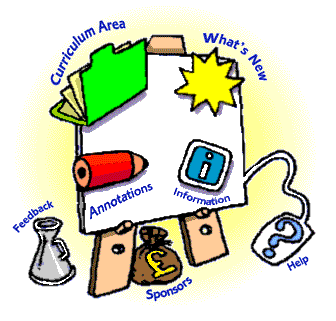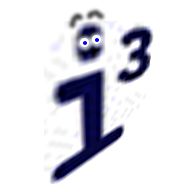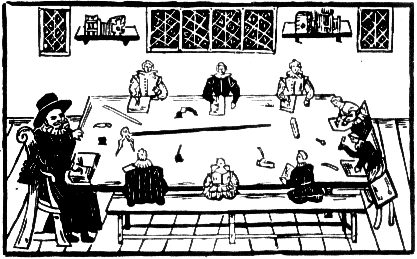All portfolio items
South East Essex Association of Deputy Heads
| When | Jun 09, 1999 |
|---|---|
| Where | Shoeburyness |
(Words: 25 )
QA Teaching on the Internet
| When | Jun 17, 1999 |
|---|---|
| Where | Chelmsford |
The brief:
TEACHING ON THE INTERNET
WORKSHOP GROUP 1
WORKSHOP GROUP 2
My notes:
- how learning takes place;
- the limits on such learning;
- time commitment and entitlement;
- cohorts of students benefitting from shared learning goals;
- how distance learning might complement the teaching and learning strategy of an institution rather than fulfil it
(Words: 488 )
The New Technologies - some issues
| When | Sep 15, 1999 |
|---|---|
| Where | Cambridge |
We presented some slides and also ran a workshop which raised the following issues:
- Learning as a social not a purely technical activity?
- On-line demands on the teaching staff - response time, hours?
- Exclusion for the information-poor - what is the university's role and mission?
- Some learning outcomes demand collaborative working - how with technology?
- What does attendance mean for learners? Need for clarity about expectations?
- Widening access is not synonymous with lifelong learning
- Synchronous meetings help keep deadlines and manage learning and time-demands
- Face-to-face can make a good basis for subsequent online learning
- Training for staff expectation
- Students expecting flexibility
- Minimum specification for the technology
- Frequently asked questions important
- More flexible administrative processes for assessement
- Courses intensive or totally open-ended should be options
- University should exploit its stand-alone modules
- Series of incremental expansion, not 'big-bang'
- Don't lose sight of other technologies - local broadcast etc
- Technology overload for staff - no real way of knowing whats on offer - do we need an Intranet for sharing knowledge between staff?
- Must not lose the message in the medium
- Need for staff development - resource implications - how would central services communicate courses on offer
- Do not go overboard on technology - it should be appropriate and work sensibly with other resources
- Tension between administrative convenience and student experience
- Timescales - should we allow flexibility for the student
- Tension between student expectation and what can be delivered - need for technical support for students
- Need for a general policy statement about technology expectations - potential mismatch between students' technology and centrally determined standards?
(Words: 376 )
[C14] Talking Heads / Virtual Heads
| When |
Jan 01, 2000
to
Dec 31, 2003 |
|---|---|
| Where | Chelmsford, Essex |

Aim: To design learning resources to support headteachers in embarking on online community for their continuing professional development.
Reflection: This project was the first managed directly within Ultralab that involved so many participants nationwide, and in my position as effective deputy head of Ultralab I was aware of a real step up in responsibility and impact. Matters of ethics, organisation and communication became paramount in this large-scale action research.
Contribution: I helped set up the project initially, developing the database of participants and continued to act as a mentor to the personnel involved. I also designed and developed the interactive multimedia and carried out the technical production of the CD-ROM, applying my knowledge of multiple text tracks and interactivity in Quicktime. My part: 5% (with Stephen Heppell, Leonie Ramondt, Carole Chapman, Stephen Powell and others)
Originality, impact and importance: These projects devised new online facilitation for the busiest of professionals as they led schools. It opened new channels of communication for heads who otherwise were rarely in contact with each other and who were distributed throughout the UK. The learning conversations that resulted lead directly to school improvement and the project laid the foundations for the National College's practice for years to come.
Talking Heads provided a solution to the National College for School Leadership to network headteachers. It provided a place for practitioners to share knowledge and support and a platform for continuing professional development. The software used was an adaptation of Think.com, the web-based online community software developed and designed by Ultralab in collaboration with Oracle.
To support the headteachers, an introductory pack including an interactive CD-ROM was developed with multimedia materials including speeches from then Prime Minister Tony Blair, NCSL director Heather Du Quesnay and project staff. It was set up within a very short timescale, initially addressing the 1,200 new headteachers taking up posts in 2000 and subsequently extending to all.
Led by Leonie Ramondt, Carole Chapman and Stephen Powell, the Talking Heads project drew on experienced Ultranauts from the Tesco Schoolnet and Mpowernet projects and laid the foundation for the Ultraversity project in 2003.
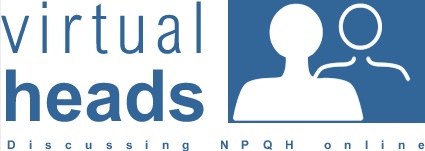
In 2001, Virtual Heads was launched as an online learning community for school staff studying for the NPQH. The introductory CD-ROM was developed further to incorporate new material addressing their needs.
(Words: 457 )
General Teaching Council website
| When | Feb 17, 2000 |
|---|---|
| Where | London |
My contributions:
The GTC Web Site: Purposes, Content, Services, Stages of Development
Teachers' need |
The issue |
The evidence |
|---|---|---|
| to identify their needs (but not 100 times) | filling in search forms and registering on many commercial sites is difficult to sustain and is a barrier to efficiency and take-up | how many logins and passwords do you have? |
| to find resources which match their needs | why should the search for resources(people, materials, CPD) be laborious, when the results could be automatically 'pushed' to you according to preference? | CNN News etc |
| to be engaged in their CPD through reflective practice | computers can help through tools which make abstractions more concrete and through aggregates which reveal how one fits in or stands out | mPowerNet online profiling model |
| to store a model (profile) of themself on a trusted, independent organisation's server | making judgements about oneself is tough - confidence in the security of data is vital as is the knowledge that it is solely to serve the teacher's needs | Research at ULTRALAB / APU SoE |
| to participate in online debate and professional discussion | online access to a wide range of teachers is clearly beneficial, particularly for isolated specialisms | SENCO forum and many others |
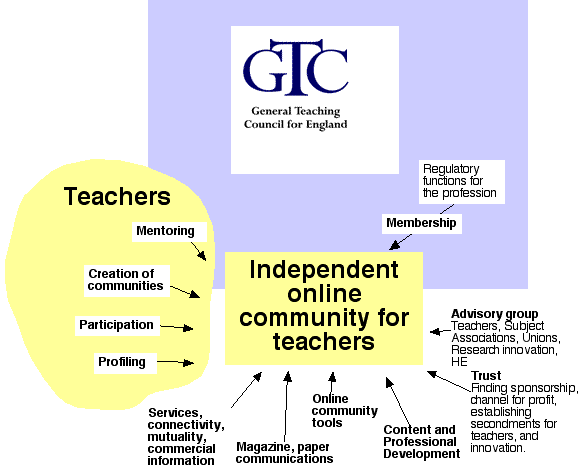
(Words: 283 )
DfEE ICT Awayday at Ultralab
| When | Feb 22, 2000 |
|---|---|
| Where | Chelmsford, Essex |
Some of the issues discussed:
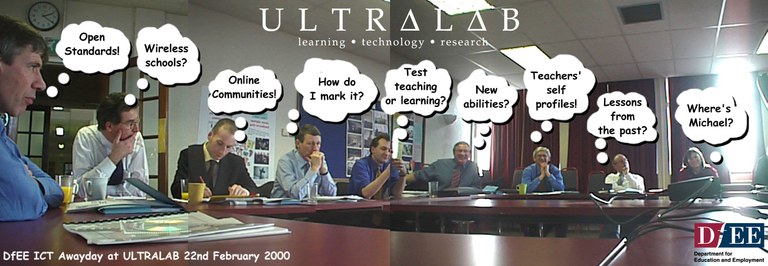
(Words: 54 )
European Knowledge Centre UK
| When | Mar 06, 2000 |
|---|---|
| Where | Reading |
My presentation:
Effective Virtual Community Development
| Issue | What does it mean | Examples |
|---|---|---|
| Communication | People like to communicate. Although the web has been used extensively as a broadcast medium, when given the chance, people use simple messaging more than anything else. | The DTI funded Schools Online project which involved about 100 schools in an online community where participants could create web pages, engage in discussion and make shared bookmarks to useful resources. More than half of all items created were 'posties' - short messages sent from person to person.
|
| Participation | Sharing the power - giving everyone the tools to create discussions or other objects - creates a strong sense of ownership and thus involvement. | The Learning in the New Millennium project has successfully given equal roles to school kids and adults leading to effective learning debate across age groups. |
| Identity | A commitment to your identity brings further sense of ownership, consistent authorship and a sense of 'being there' , promoting to responsible behaviour. | In each of the projects above, a strong sense of individual identity has been supported by 'passports' and resumés.
|
| Currency | Knowing when information was produced and updated leads to confidence - surprising how often this is omitted. Creating automatic mechanisms seems best. This can also be extended to seeing who and when an item has been viewed. | 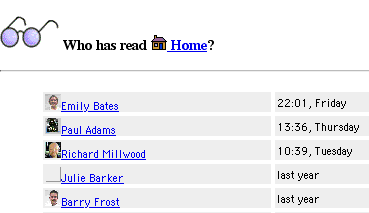 |
| Purpose | Having a clear reason for engaging in an online community with a sense of purpose increases effective contribution. | The Tesco SchoolNet 2000 project - in which children contributed well-structured pieces based on their experiences - will be in the Guinness Book of Records for largest educational web community. |
| Closure and milestones | How is a debate to end? How can one be fully committed to an open ended discussion? What will allow purpose to be fulfilled? Online activities need an endpoint, whether a deadline or some kind or fulfilment (e.g. all participants have contributed.) | Teaching online - the IMICS scheme has included online modules since 1995, but it has been a learning curve for tutors to get the entitlements and responsibilities right for effective teaching and learning.
|
| Mediation and summary | Asking a human to mediate (kick-off, intervene to progress, close and summarise) is considered essential for productive activity. Only unneccessary, perhaps, when participants already have substantial existing relationship or shared need. | Of course this is not new - teachers have always had this rôle.
Carole Chapman and Leonie Ramondt's paperaddresses these issues amongst others.
|
| Discourse Structure | Technology allows us to structure discourse by a variety of constraints and presentation modes. Little is known about how they will work, but in many face-to-face contexts, constraint can help discussion develop. | Questions include:
|
| Scaling it up | What works for 30 participants may not be best for 3 million. How do we create sub-community? What are good guidelines for participants in online activity? Does it vary depending on the discourse structure? | The virtual college for leadership has 1300 participants and may be expanded to all teachers.
The software (known as Scoop to early adopters) also may expand to all children, worldwide!
|
| Profiling | Storing the facts about yourself on a web site can allow the automated searching of appropriate resources including like-minded others. Add judgements about your capability and it can also help you to see where you fit in or where you stand out. | The mPowernet NOF scheme is experimenting with online profiling to help teachers engage in reflective practice to improve ICT skills.
TeacherNet UK also plans to develop online profiling driven by a teacher centred view of training needs and everyday challenges.
|
| Multimedia and delight! | So far, almost all online communities demand strong textual literacy and preference.
Why not audio / video / visual modes? Why not as delightful as a multimedia CD-ROM can be? |
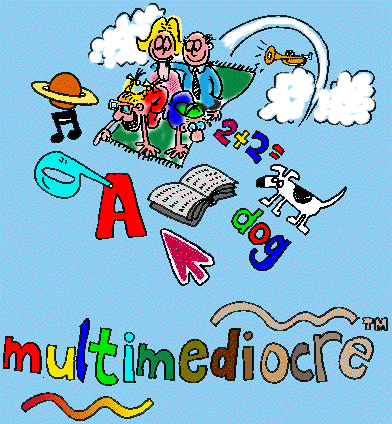 |
Millwood, R. 2000 'Presentation to the European Knowledge Centre UK', Seminar 2, 7 March 2000 published in Leask, M. (200c ibid.) Seminar 2 Report: 'Classroom practice and educational research: using ICT to build European networks for innovation and change', mimeo, Bedford: De Montfort University
cited in Leask, M. 2001, 'Issues in Teaching using ICT', Routledge Falmer
(Words: 886 )
Holly Trees Primary School staff
| When | Apr 14, 2000 |
|---|
(Words: 39 )
Sussex Deputy Headteachers' Conference
| When | Jun 07, 2000 |
|---|---|
| Where | Seaford |
(Words: 35 )
NUT National Education Conference
| When | Jun 30, 2000 |
|---|---|
| Where | Grantham |
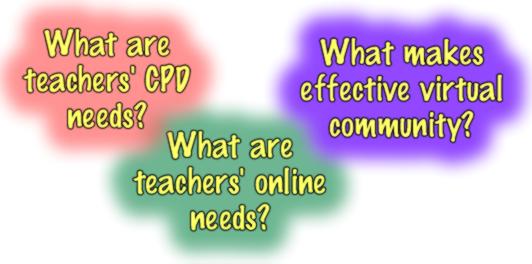
(Words: 37 )
[C15] Summer School
| When |
Jul 01, 2000
to
Jul 31, 2006 |
|---|---|
| Where | London |

Aim: To develop informal learning for digital creativity through student video production.
Reflection: The project and its many preparatory events provided me with the opportunity to discover the potential for alternate genre and media for young people to communicate ideas. Later workshops showed that this also suited adults. This provided a basis for adoption of the patchwork media model in work-focussed learning.
Contribution: My role was to prepare the ground for understanding what could be achieved with new digital creativity tools and help articulate this in collaboration with colleagues in Ultralab, and when the Summer School project took off, to observe its results and feed them in to subsequent work. My part: 10% (with Stephen Heppell, Matthew Eaves and others)
Originality, impact and importance: his approach had been a hallmark of Ultralab's approach to new digital media since the early nineties, but was refined to include unique and key features of student-led creativity and mutual celebration, including the production of a DVD with all the outputs. This DVD was widely circulated to make impact on the children's creativity community. I am particularly proud of having led the Summer School with youth groups in Belfast. This was held in the week leading up to the 12th July parades which were catalysts for trouble. Our colleagues in Belfast pointed out that we had successfully retained the interest and celebrated the talent amongst teenagers collaborating from both sides who would otherwise be engaged in building bonfires..
This digital creativity project invited students to make short films on the basis of a themed challenge. Each year, young people in small groups from schools in the south east of England took part in their summer holidays. A one-day kick off meeting in Ultralab set the scene and familiarised them with the equipment and video-editing tools process. A second day was used to polish and present in friendly circumstances before taking over the theatre in the V&A in London to exhibit all the work to a wider audience, often including television executives. Finally Ultralab prepared a DVD which was distributed widely to disseminate the work.
This project could not have taken place without many years of experimentation with digital tools and many one-off workshops with the schools we invited to join us in Ultralab, and later, the extension of the project to international (Thailand, Scotland and Northern Ireland) and other age groups.
All of this experience set the scene for the Input CBBC project, in which the Children's BBC channel investigated the conditions under which children's work might be sought for broadcast.
(Words: 487 )
Creating Spaces
| When |
Jul 22, 2000
to
Dec 31, 2007 |
|---|---|
| Where | London |
This was a document prepared to promote the group in advance of the Arts Council OpenEd conference held in the Roundhouse Camden Town:
Creating Spaces: Making space for creative thinking in education
Who we are:
We are an independent, interdisciplinary, cross-institutional group of professionals who are committed to developing the creative use of digital technologies in teaching and learning. Members are drawn from a diverse community and include representatives from:
- Schools, higher education and educational research
- Inspection and advisory services
- Educational publishing and software production
- The media and industry
Aims
As a group we aim to promote a more inclusive, relevant and theoretically informed approach to teaching and learning with technology.
We are committed to the effective communication of our experience and practice in the creative use of technology in education to the wider community of educators and policy makers through:
- Lobbying
- Sharing information, resources and advice
- Disseminating best practice
- Intervening in debates about the future of teaching and learning and the role that technology may play
What we believe
As a group we all have experience of effective creative learning in practice. We believe that this can only happen through recognising the potential of all young people and through helping teachers to develop/repossess/reclaim their own curriculum.
A working definition of creativity:
Creativity is the challenge to create something tangible out of abstract ideas.
Within this process young people will:
- be energised
- be empowered to express their ideas and opinions
- celebrate their individuality and the individuality of others
- appreciate and understand the connections between themselves and the rest of the world
- look at things from alternative perspectives
- be curious
- become confident and self motivated
- be inspired to work with spirit and imagination and soul
- make decisions, make collaborative decisions, compromise around the decisions they make and make difficult decisions.
Open Exchange
- we plan to open our discussion to a wider audience at OpenEd
- we will present 4 short case studies that have harnessed technology to make room for creativity in teaching and learning
- we invite you to join us to help clarify how we can move forward...
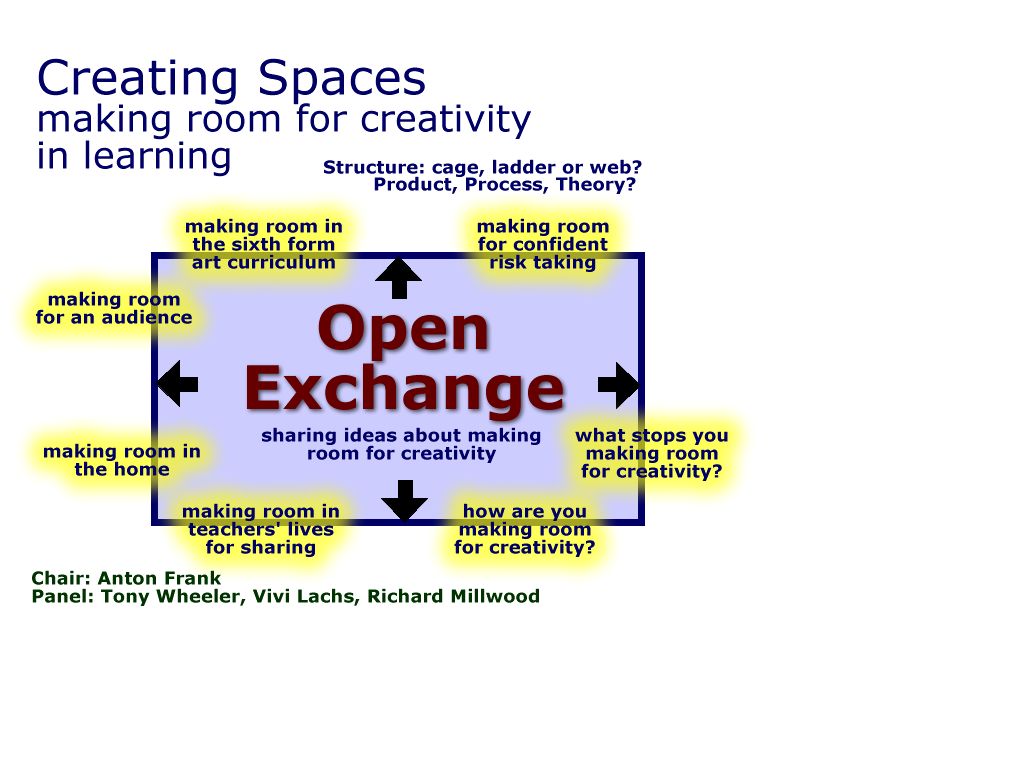
(Words: 496 )
APU Vice Chancellor's Conference 2000
| When | Sep 07, 2000 |
|---|---|
| Where | Broxted |
The questions I addressed were:
- Future?
- Learner in control? - mp3 / Hypermedia / TV remote
- Learning when and where you want?
- Learning conversations?
(Words: 61 )
Denbighshire LEA Headteachers
| When | Oct 19, 2000 |
|---|---|
| Where | Denbigh |
(Words: 22 )
Arts Council Open Ed
| When | Nov 05, 2000 |
|---|---|
| Where | London |
This was the overview slide for us all - I designed it:

and this was my summary slide:

(Words: 75 )
ITTE Research Conference 2000
| When | Nov 11, 2000 |
|---|---|
| Where | Cambridge |
(Words: 28 )
Public Health
| When | Nov 29, 2000 |
|---|---|
| Where | Chelmsford, Essex |
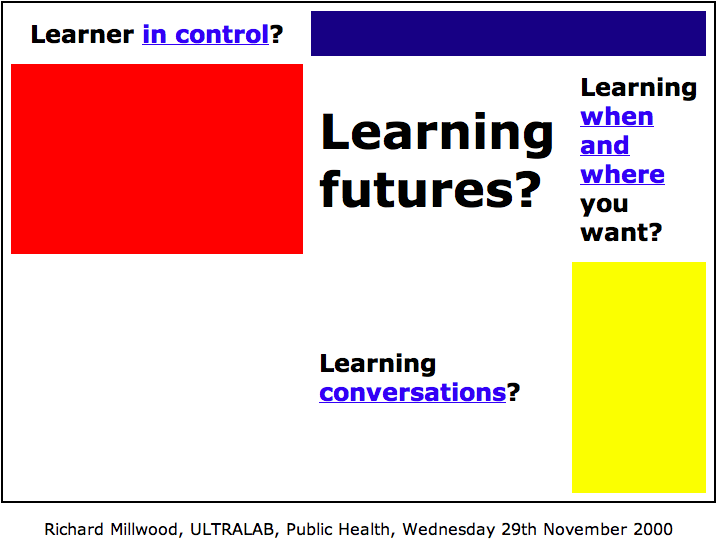
(Words: 31 )
Primary Headteachers Neath Port Talbot LEA
| When | Dec 01, 2000 |
|---|---|
| Where | Swansea |
- Where do we stand now and what is the way forward in terms of IT?
- How will IT as a key skill impact positively on teaching and learning?
- What can schools / headteachers do to facilitate change?
- What are the managerial implications for schools?
(Words: 134 )
BETT 2001
| When | Jan 13, 2001 |
|---|---|
| Where | London |
My questions:
- What is the rôle of ICT for early years pupils?
- What can the new tools offer?
- What is the progression & continuity for making movies?
(Words: 70 )
Foundation Degree Conference
| When | Feb 14, 2001 |
|---|---|
| Where | Duxford |
(Words: 87 )
The Way Forward
| When | Feb 20, 2001 |
|---|---|
| Where | Norwich |
(Words: 26 )
SITE 2001
| When | Mar 07, 2001 |
|---|---|
| Where | Orlando, Florida |
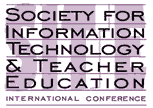
Creative uses of digital technology - developing visual literacy and ict capability
INTRODUCTION
THE PROJECTS
KEY THEMES — LITERACY AND CAPABILITY
Related References and useful addresses:
(Words: 2544 )
IOE Masters Languages Learning
| When | Mar 13, 2001 |
|---|---|
| Where | London |
(Words: 41 )
Key Skills and the post 16 curriculum - an innovative approach
| When | Apr 27, 2001 |
|---|
(Words: 63 )
MSc in Leadership and Management in Schools
| When | May 09, 2001 |
|---|---|
| Where | Stratford |
(Words: 37 )
You and Yours - teaching touch typing
| When | May 23, 2001 |
|---|---|
| Where | Chelmsford, Essex |
Me in the studio:
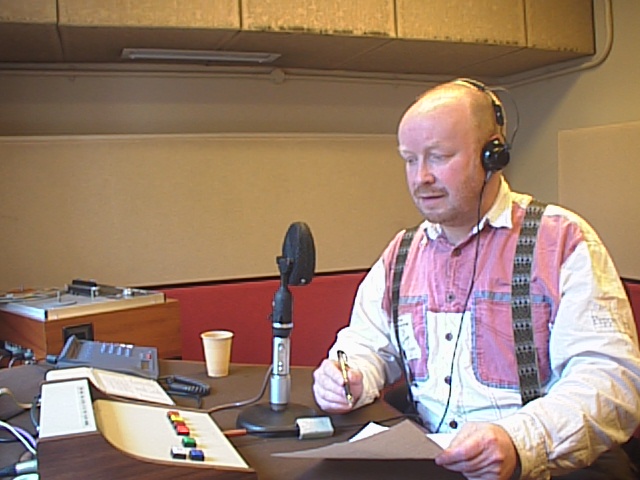
My preparation:
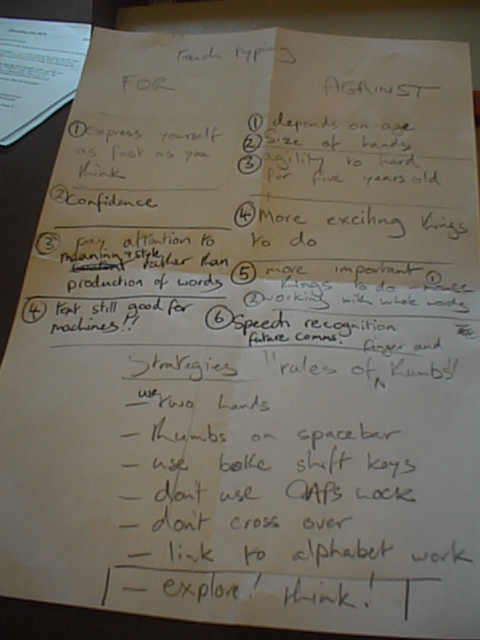
(Words: 77 )
Open for Learning- Libraries and the New Learning Agenda
| When | Jul 06, 2001 |
|---|---|
| Where | London |

(Words: 60 )
ITTE '01 Swansea
| When |
Jul 17, 2001
to
Jul 19, 2001 |
|---|---|
| Where | Swansea |
WORKSHOP PROPOSAL
WORKSHOP TITLE
ABSTRACT
INTRODUCTION
ACTIVITY
RESOURCES
REFERENCES
LONG PAPER PROPOSAL
PAPER TITLE
ABSTRACT
REFERENCES
(Words: 989 )


